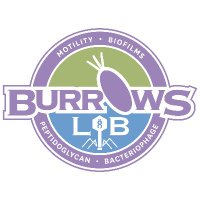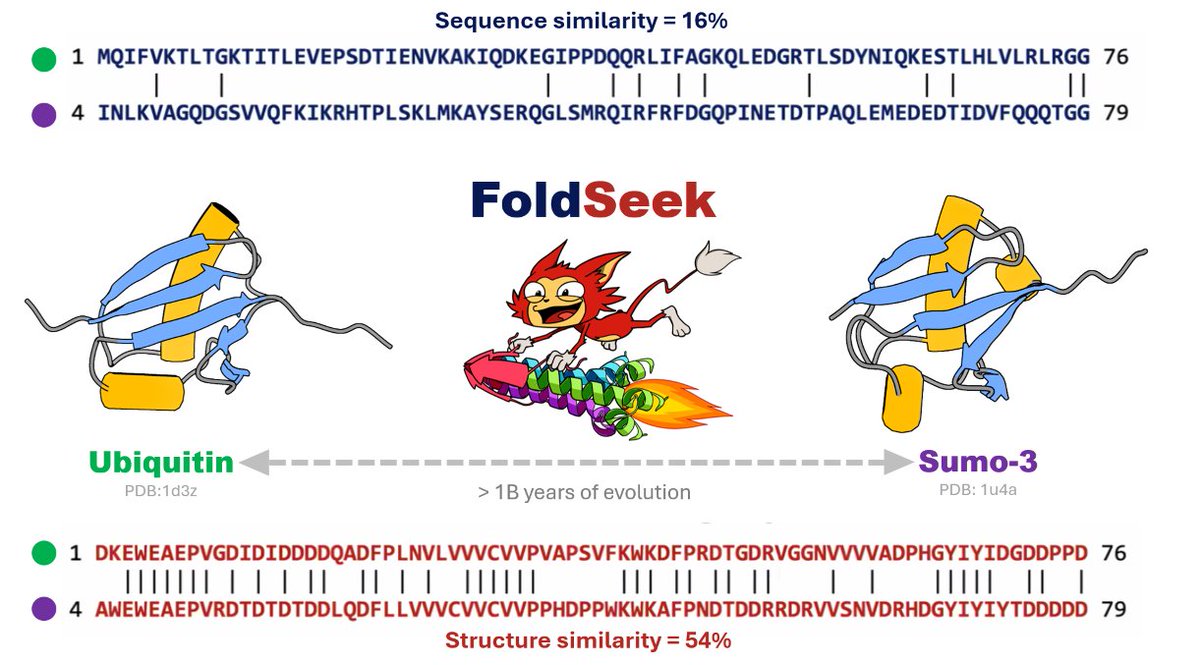
Lori L. Burrows
@dr_lori_burrows
microbiologist, McMaster U 🇨🇦 • type IV pili, phages, biofilms, antibiotic resistance • equestrian🐴 • cancer survivor🎗️
ID: 722035124
http://www.burrowslab.ca 28-07-2012 11:51:05
9,9K Tweet
4,4K Followers
1,1K Following


.Jyot Antani (Yale University) etal developed a microscopy-based technique to measure #phage attachment to bacterial cells. This method provides an alternative to the century-old Phage Adsorption Assay. Feel free to reach out with any questions: [email protected]. buff.ly/4fd1PnD


Please RT: Nov. 15 deadline! We are building a strong bacteriology community Université de Montréal Faculté de médecine, including recent hires @S_vanTeeffelen @FredoLeRoux & myself. Moving to Montréal in 2018 is one of the best career decisions I made. Come join us! jobs.sciencecareers.org/job/664282/ass…

The research environment we have nurtured in McMaster Biochemistry & Biomedical Sciences attracts outstanding postdoctoral talent like Dr. Stephen Garrett, the recipient of the prestigious EMBO Fellowship. McMaster postdoc receives prestigious European fellowship healthsci.mcmaster.ca/mcmaster-postd…

Our new review on regulation of #T4P type IV pilus assembly #buildingpermits, by PhD candidate Nathan Roberge, is now available for you to enjoy with your morning coffee! 😀 McMaster IIDR McMaster Biochemistry & Biomedical Sciences Global Nexus McMaster Health Sciences journals.asm.org/doi/epub/10.11…

We think that all memory is stored in the brain. But our study published today in Nature Communications shows that all cells—even kidney cells—can count, detect patterns, store memories, and do so similarly to brain cells. My first (co)corresponding author paper!🧵nature.com/articles/s4146…


Researchers led by Phil Shuaiqi Guo, Jun Liu Lab, Lori L. Burrows report the structure of the Pseudomonas aeruginosa T4P suggesting the localization and role of its tip adhesin, PilY1. nature.com/articles/s4146…


Meet Matthew Miller, Director of the IIDR and Global Nexus. He's working on pandemic prevention measures, like vaccines and therapeutics, that provide protection against large viral families. Today, Miller Lab will be inducted into the RSC // SRC's College of New Scholars!

Meet Hendrik Poinar, a member of the IIDR. Among his wide-ranging research interests is the evolution of infectious disease, which he investigates through ancient DNA, RNA, and protein. Today, Hendrik will be inducted into the fellowship of the RSC // SRC. youtube.com/watch?v=jEW8bw…

Meet Dr. Matthew Miller, Executive Director at McMaster University ’s Global Nexus & McMaster IIDR , focused on pandemic prevention and groundbreaking vaccines. He will be moderating the Biomanufacturing panel at #NGBi2024 on November 12th at the Hamilton Convention Center. Head to


All too often researchers use non-standard methods and so MIC data cannot be reproduced. To reduce that error read this: ‘Antibiotic susceptibility testing using minimum inhibitory concentration (MIC) assays’ Despoina Mavridou nature.com/articles/s4425…


Health officials are urging vigilance following Canada’s first presumptive #H5N1 case. Here, with the The Globe and Mail, Miller Lab discusses the gravity of the situation. theglobeandmail.com/canada/article…




It’s world #AMR awareness week #WAAW 💊 Today we are highlighting an npj Antimicrobials and Resistance paper that shows how important it is to try to mimic biologically-relevant conditions when assessing #AMR 🦠 Dr Jonathan Cox (1/5) nature.com/articles/s4425…


Just in time for #WAAW, collab with the Strynadka lab University of British Columbia - Cryo-EM characterization of the anydromuropeptide permease AmpG central to bacterial fitness and β-lactam antibiotic resistance. McMaster IIDR McMaster Biochemistry & Biomedical Sciences #AMR nature.com/articles/s4146…




